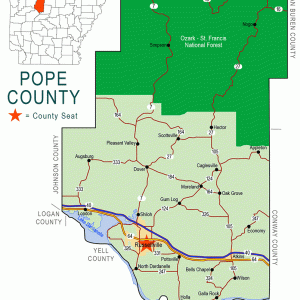 Pope County Map
Pope County Map
Entry Category: Land and Resources - Starting with P
 Pope County Map
Pope County Map
 Population Change 2020
Population Change 2020
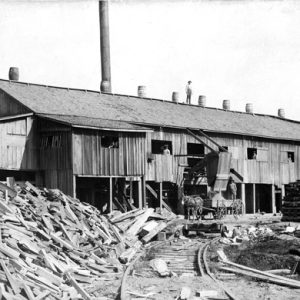 Portia Lumber Company
Portia Lumber Company
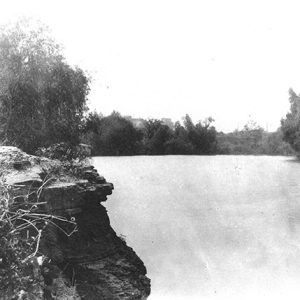 Poteau River
Poteau River
Poteau River
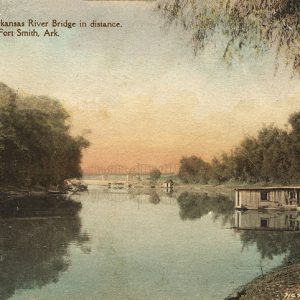 Poteau River at Fort Smith
Poteau River at Fort Smith
Potlatch Cook’s Lake Nature Center
Poultry Industry
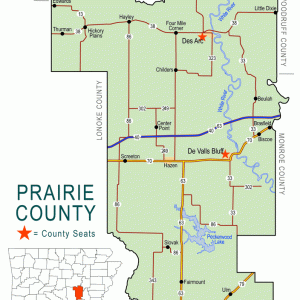 Prairie County Map
Prairie County Map
 Protective Gazebo
Protective Gazebo
Proud Spirit Horse Sanctuary
 David Pryor and Miss Fluffy Rice Contestants
David Pryor and Miss Fluffy Rice Contestants
Public Land Surveys
 Pulaski County Map
Pulaski County Map




